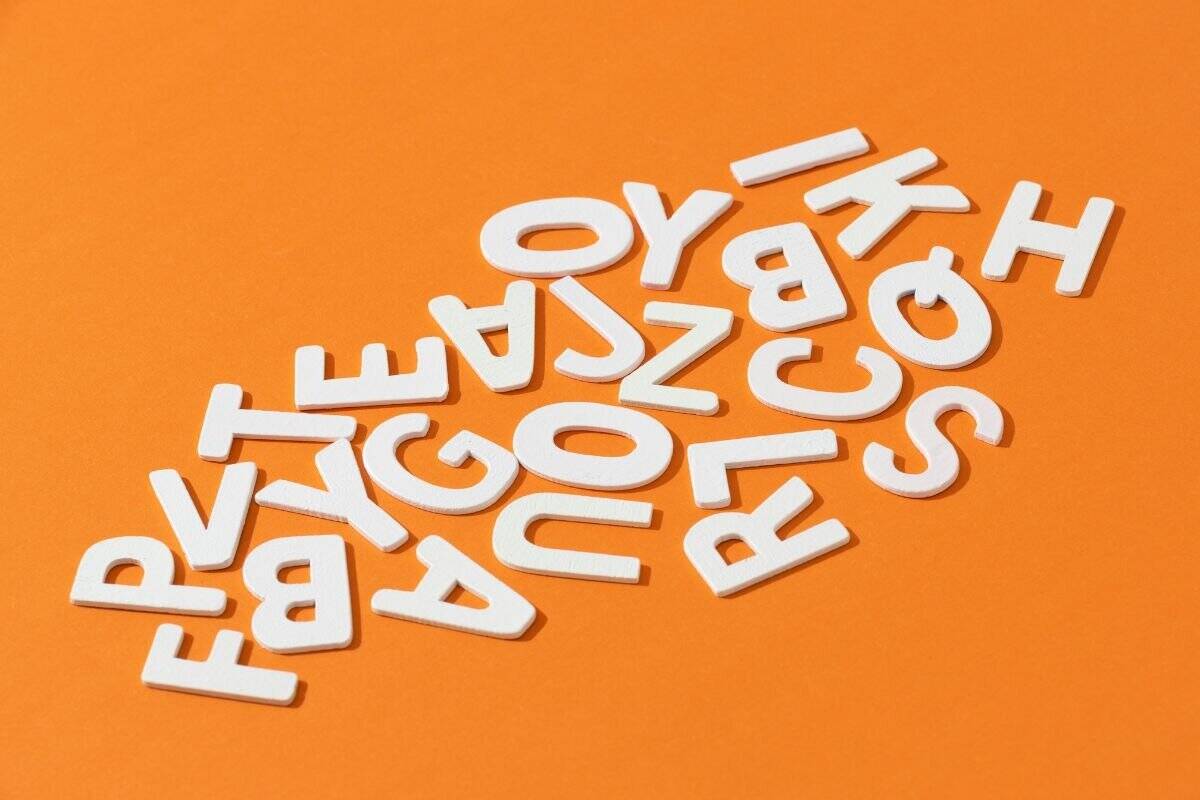One day at work, I was experiencing the worst case of writer’s block.
A colleague noticed me staring at the screen for hours without getting much work done and whispered in my ear, “If you can’t create the story, you recycle the sentence.”
Hmm, I thought. Does that really work? What if I get caught? What if it’s just low-quality content?
I’ve heard about a content spinner before, but never really tried it for myself.
And I wasn’t ready to give it a try without doing my homework. In short, I finally tried it.
I have explained everything in this blog for those unaware of what exactly the word spinners are, how they work, and their good and bad sides.
Key Takeaways
- A word spinner is essentially a paraphraser that rewords your sentences. However, it’s not always reliable.
- People can use it for bulk content creation under tight deadlines, escaping plagiarism detection, or testing new ideas.
- While content spinners have their pros, they also come with drawbacks that are hard to ignore.
- There are other smarter alternatives available to word spinners.
What Is a Word Spinner in Simple Terms
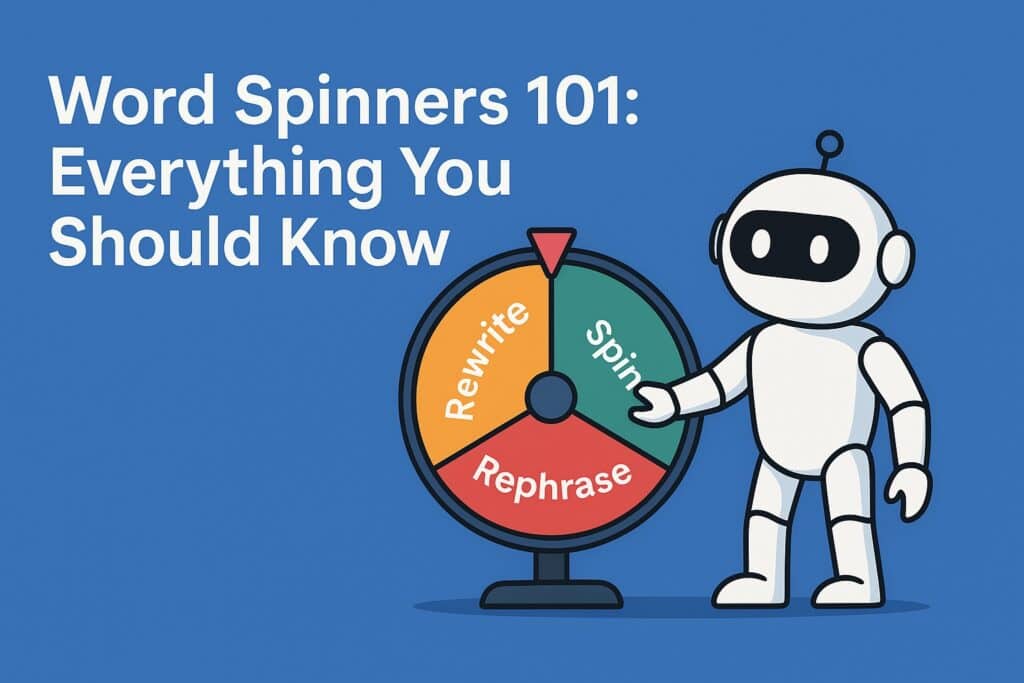
A word spinner is a tool that rewrites a given text for you. Or one could say, give the text a makeover.
You paste in a sentence, press a button, and out comes a version that looks different on the surface but says more or less the same thing.
It can even do this job on paragraphs and whole articles.
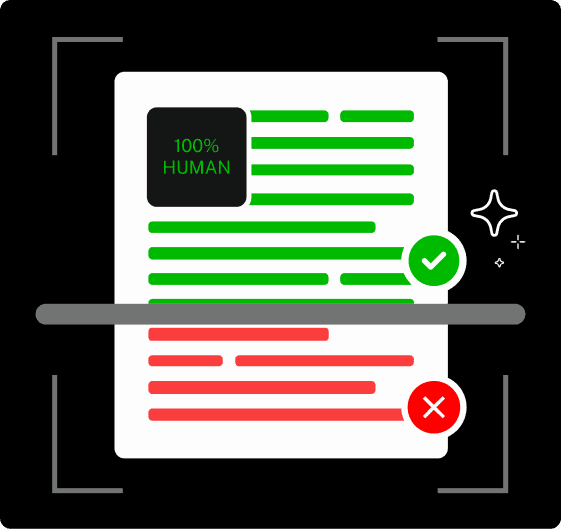
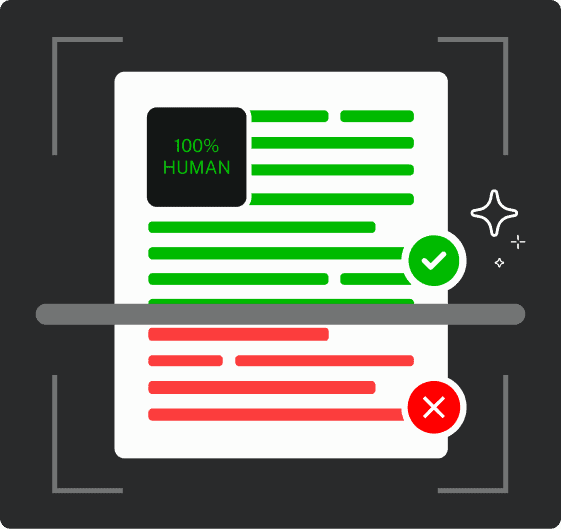
Never Worry About AI Detecting Your Texts Again. Undetectable AI Can Help You:
- Make your AI assisted writing appear human-like.
- Bypass all major AI detection tools with just one click.
- Use AI safely and confidently in school and work.
Some of these spinners are very basic and just swap words for synonyms, which leaves you with odd-sounding and sometimes even meaningless sentences.
Ultimately, their work comes down to shuffling phrases, changing word order, and polishing things just enough to make the text feel fresh at first glance.
Other spinners, especially the newer ones, try to be smarter by rewriting a bit semantically.
But at the end of the day, spinning isn’t the same as writing.
It is mere recycling. It doesn’t start with a fresh idea. It doesn’t carry your voice. It’s borrowed words, reshaped to look new.
How They Work Behind the Scenes
On the outside, spinners are easy to work with. But is it just as effortless under the hood?
Well, yes… for the basic ones only, like I mentioned above.
The most basic spinners are more like a thesaurus on autopilot. All they do is replace the words in your sentence with a synonym.
For example, “happy” becomes “glad,” “big” turns into “large,” and so on.
This might sound perfect in theory, but the moment you read the sentence back, you’ll notice something’s off most of the time.
You’d see that your tone is no longer there, and the meaning has been bent to the point of awkwardness.
In contrast, more advanced spinners equipped with AI don’t swap words blindly.
They first understand the context and then make meaningful changes.
For instance, if you wrote “the big picture,” they (hopefully) won’t change it to “the large photo.”
Still, even the smarter systems have limits.
That’s because even they cannot judge why you’re writing, or who you’re trying to reach.
They just repackage text that already exists, which is why spun content feels flat more often than not.
Common Use Cases for Word Spinners
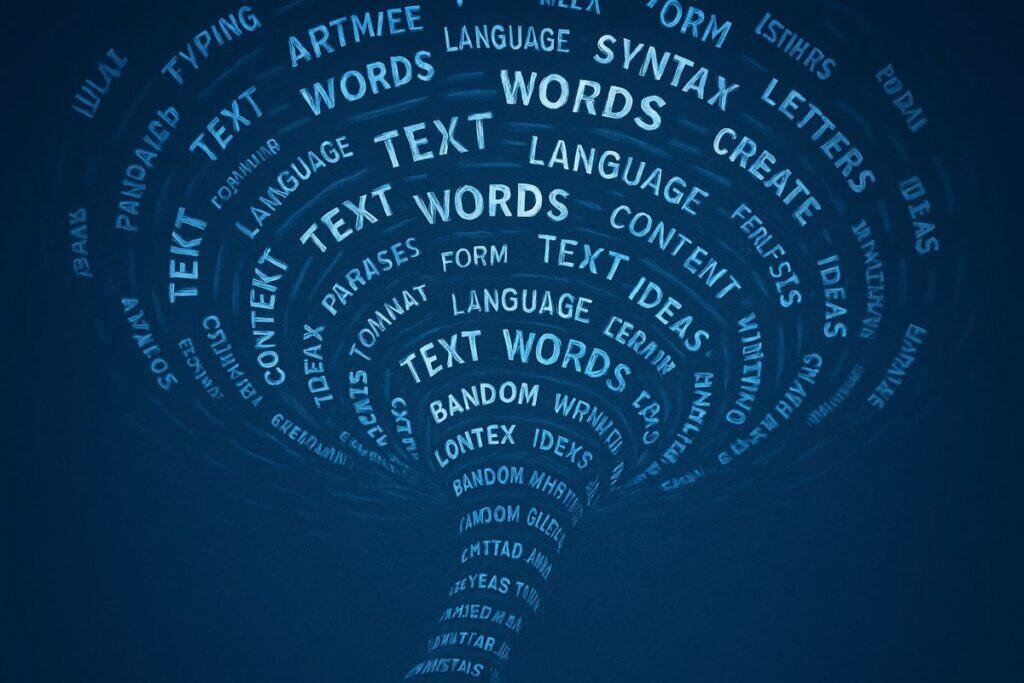
Word spinners are popular because they promise speed.
You don’t have to start with a blank page. You start with something that already exists and let the tool twist it into a new shape.
Out of all the reasons people use a spinner, here are the top use cases:
Generating Content in Bulk
Websites that depend on volume, like affiliate blogs or online stores, need hundreds of short descriptions or articles. Writing each one from scratch takes hours, if not days.
A word spinner wheel can take one piece of text and generate dozens of variations in minutes. On the surface, it looks efficient. But the trade-off is obvious.
You end up with quantity over quality.
If you often deal with large volumes of text and need to make sure it all passes as human-written, you’ll love Our Undetectable AI’s Bulk Scan AI Content. It’s built for creators, marketers, and businesses who handle hundreds of pieces daily. Instead of checking each one individually, Bulk Scan AI Content lets you upload or paste multiple files at once and instantly see which parts might sound AI-generated. You’ll get a clear, color-coded report showing how “human” each piece reads—helping you fix weak spots fast and maintain consistency across your entire batch of content.
Sidestepping Plagiarism
This is the most controversial use. Some folks just spin the original text instead of quoting a source to bypass a plagiarism checker.
The structure changes, the words shift, but the ideas remain the same.
To an algorithm, it may look unique. To a human reader, it usually feels hollow.
Meeting Deadlines
Students, freelancers, and even marketers sometimes turn to spinners when the clock is ticking.
When you’ve got three essays due tomorrow or a client breathing down your neck, it’s hard to ignore the temptation of using word spinners and get the job done.
A spinner feels like an escape hatch. Something that buys you time. But in most cases, the work it produces needs so much fixing that it barely saves you any effort.
Testing Variations
Not every use of a word spinner generator is about cutting corners.
Some people spin text just to see alternatives they might not have thought of themselves.
For example, a writer stuck on one sentence might spin it a few times to get new ideas.
Types of Word Spinners
Even among spinners, there’s a spectrum. Some are clunky and obvious.
Others try to sound smoother, though they’re still doing the same basic job.
- Manual Spinners: These tools let you pick and choose the replacements yourself. They usually highlight words with a list of alternatives, but you decide what to swap. It is slower than full automation. However, it gives you more control over tone and accuracy.
- Automatic Spinners: These are the one-click spinners we talked about in the beginning. You paste in your text, click a button, and the tool will do the rest. It’s fast, but you usually end up editing afterward because the output doesn’t exactly read smoothly.
- Nested or Multi-Level Spinners: This type spins the same text multiple times in layers. You get several versions from a single piece. People who need dozens of articles often use this method, though the quality usually drops with each pass.
- AI-Powered Spinners: The newest category. A word spinner AI tries to understand the meaning of your text before rewriting it. Contextual spinning leaves you with fewer odd word choices and smoother phrasing compared to older tools. However, it’s still considered rewriting, not creating.
Pros and Cons of Word Spinners
Word spinners sit in a grey area. They’re not completely useless, but they’re also not the miracle tool people sometimes imagine.
A look at both sides of the coin can help determine its value.
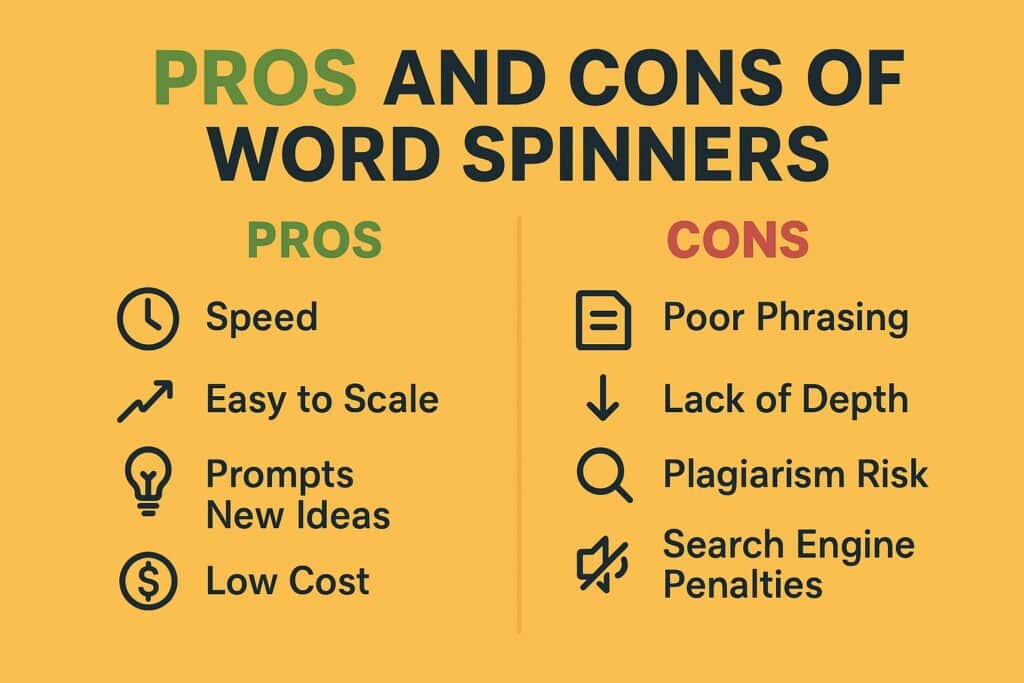
Pros
- Speed: You can turn one article into several variations in minutes. For people under pressure, that speed can feel like a lifesaver.
- Easy to Scale: A spinner can crank multiple versions of the same text without breaking a sweat. It’s mechanical, but sometimes that’s exactly what people are after, i.e., quantity over creativity.
- Prompts New Ideas: Even if the output is not great, seeing your words rearranged differently can encourage new ideas. The output might not be usable, but it can definitely nudge you past writer’s block.
- Low Cost: Compared to hiring writers, content spinners can save you huge bucks. Sure, you’ll have to compromise on quality, but it’s worth it if budget is your main concern.
Cons
- Poor Phrasing: Spinners don’t quite understand context. They replace words with synonyms, even if they don’t fit.
- Lack of Depth: Spun writing rarely adds value. It repeats ideas without depth. And readers can usually tell when something was written this way because it feels hollow.
- Plagiarism Risk: Since spinners work off existing text, the material isn’t truly original. Tools may trick an online plag checker, but they still fall into the modern forms of plagiarism.
- Search Engine Penalties: Google, in particular, has built-in systems to catch and penalize spun content and derank or leave it unindexed. So while it might work in the short term, the long game usually doesn’t play out well.
- Loss of Voice: One of the best parts of writing is that it carries your rhythm, your humor, your quirks. A spinner flattens all of that. What comes back could have been written by anyone… and that anyone is usually pretty bland.
AI Detection and Word Spinners
Spun text being robotic is easy to spot.
AI detectors are trained to recognize the fingerprints of machine-generated or recycled content, and word spinners leave those fingerprints everywhere.
It’s almost impossible to bypass AI detection with a word spinner.
If you’re working with a large batch of content and need to know instantly which pieces might trigger AI detection, Our Undetectable AI’s Bulk Scan AI Content does exactly that.
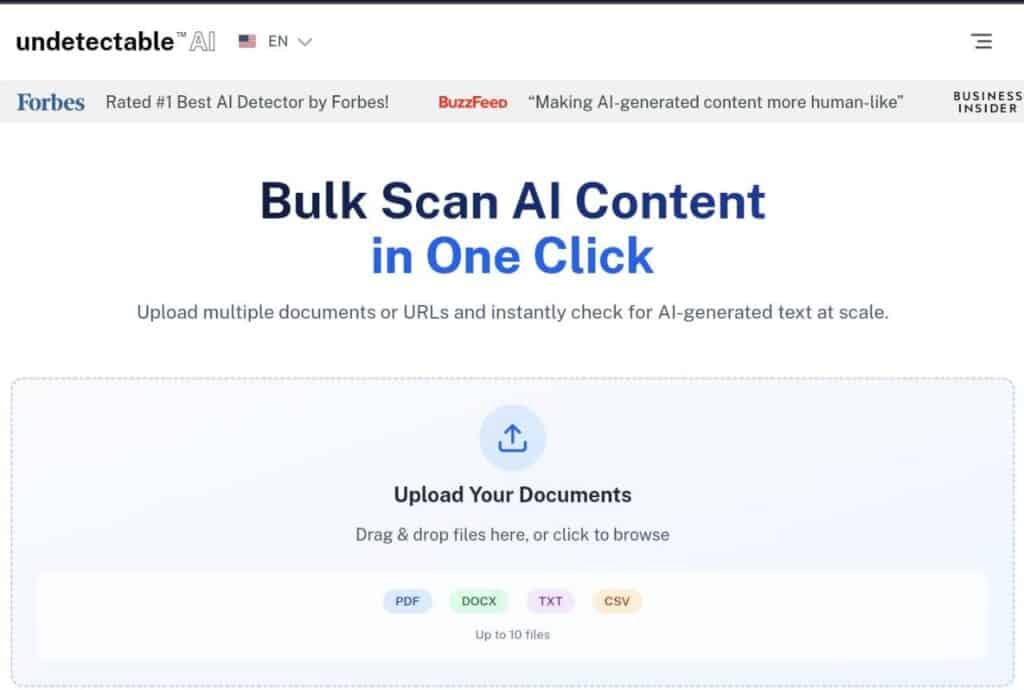
It’s designed for teams, editors, and content managers who handle high volumes of text daily. With one upload, you can scan multiple documents or articles at once and see detailed detection results in seconds.
Each piece is analyzed for AI patterns, giving you a clear overview of which ones sound natural — and which need a human touch before publishing.
Why Spun Text Is Easily Flagged as AI
When you run a paragraph through a spinner, the structure usually stays the same.
Only certain words are replaced with synonyms, or the sentence structure is altered.
Consequently, your sentences start to feel odd, and a fixed pattern is seen everywhere.
An AI detector picks up on these patterns in seconds.
For example, it notices when words don’t quite fit the context or when the rhythm of a sentence feels artificial.
How Search Engines Detect Low-Quality Spinning
Search engines no longer just check keywords.
Their algorithms now also look at readability, flow, originality, among many other factors before indexing and ranking a webpage.
If the content looks stitched together or lacks natural variation, the algorithm flags it as low quality.
This is also why spun articles often rank poorly or disappear altogether.
Google wants content that offers value. If you offer it rephrased text for the sake of filling a page, you could be penalized.
Don’t believe me? Head to this AI Detector by Undetectable AI and see for yourself.
Drop your spun text into it, and you’ll realize how easily machines can recognize the signs of spinning.

Now, if you do find your text flagged, you don’t have to throw it away.
Undetectable AI also has an AI Humanizer that can take that robotic version and change it into something natural, fluid, and human.
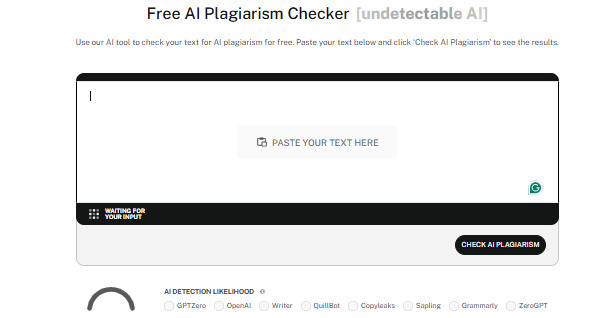
And because spinning always carries the risk of recycled ideas, Undetectable AI’s Plagiarism Checker closes that loop too.
It scans your text against billions of sources to make sure your work isn’t reworded. It’s original.
Smarter Alternatives to Word Spinners
A random word spinner can only take you so far, and that’s mostly not in the direction you’d want.
While content spinners are a shortcut that will backfire, there are some smarter ways to improve your writing.
AI Paraphrasers with Humanization Layer
Advanced AI paraphrasers do an excellent job at reconstructing ideas.
For example, the AI SEO Writer by Undetectable AI can easily take your text and transform it into SEO-friendly content.

Pair that with the AI Humanizer, and your chances of getting caught or ending up with meager content are next to none!
Grammar Checkers and Style Refiners
Sometimes, simple refinement can also do wonders. A Grammar Checker can help you fix your writing and make it sound more polished.
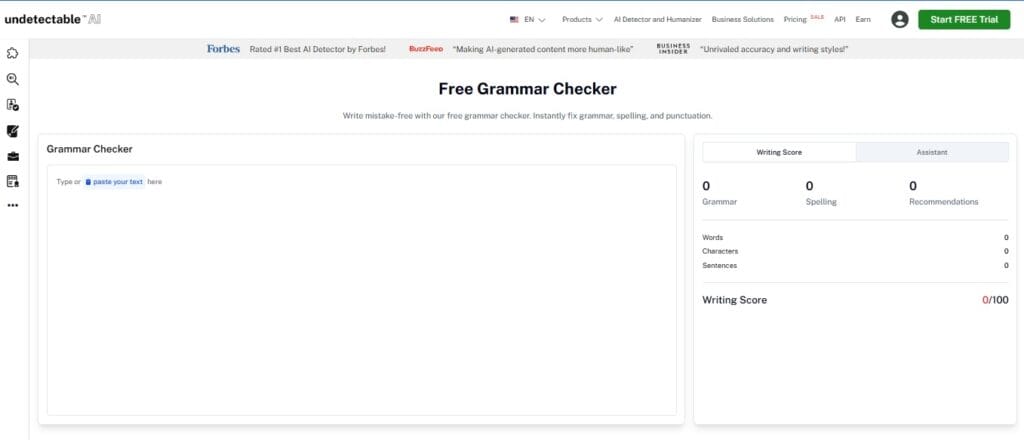
And for extra safety, you can always run your text through Undetectable AI’s Plagiarism Checker.
You can also try our AI Rewording tool. It rewrites your sentences with better clarity and flow while keeping your meaning intact.
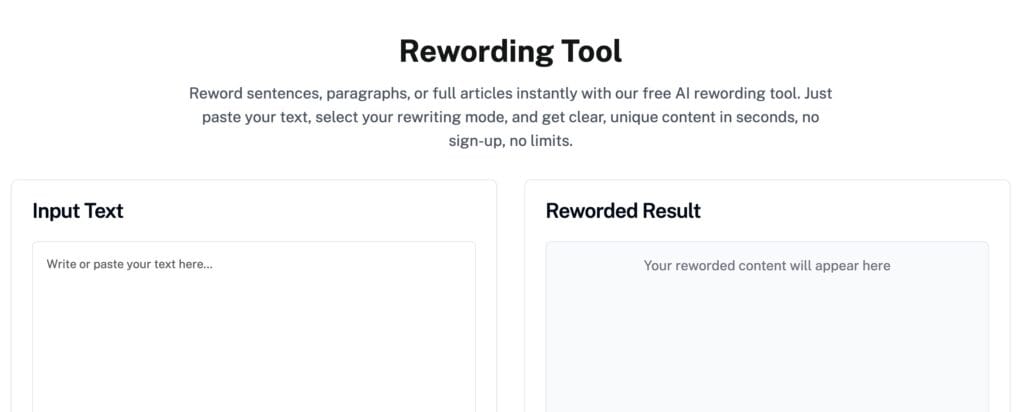
Perfect for polishing awkward phrasing without relying on outdated word spinners.
Utilize the widget below to try our AI Detector and Humanizer today.
Final Thoughts
Between you and me, my colleague’s advice was crap. I wouldn’t recommend using a word spinner unless you’re okay with risking your credibility.
But if you desperately need a shortcut to survive those awful brain freeze days, Undetectable AI is your best bet. You will surely find a helpful tool in there that’s going to make it all okay.
Sign up for Undetectable AI today and benefit from its wide range of tools.
